Believe me, I have tried. Over the years, I have tried to wean myself off ACDSee. But, like Al Pacino in The Godfather, “Just when I thought I was out, they pull me back in!”. ACDSee does what I want it to do and, as a single package, and it does it better than anything else I have found.

I use Lightroom as a factory, a mass production tool. I import the images, I process them, that’s it. For a long time, I have felt no urge to look at anything other than the Library and Develop modules.

The wood shed.
Continuing the analogy, what I might call handcrafted images, are processed in the garden shed, with Photoshop. Pretty much everything else I do in ACDSee.
ACDSee in place of Adobe Bridge
First and foremost, ACDSee is an Adobe Bridge replacement for me. For something like 80% of the time, I use about 20% of its capacity, that is its ability to act in the place of Bridge. I am certain that I have only launched Adobe Bridge once in the last year. I had to do it just once to write this article! ACDSee simply does it better in my opinion.

Standard file manager style screen
Any of the different versions, even the most basic of them, meet my needs. The screen shots for this article are from ACDSee Ultimate, but my previous experience is that all versions work in a similar way. You would need to work out just how many bells and whistles you wanted to invest in. ACDSee offers a good comparison of the different versions on their website. I am sure you would find that ACDSee is not a challenging piece of software, it works quite conventionally.
This article may well invite some comments suggesting that “such and such” software does that too, and I am sure that is true. Is the elephant in the room Photo Mechanic, is it Irfan View, or even Adobe Bridge? I am also sure that there are even others. So I try others, I give them a go, but I end up back in the arms of the little-known all-around beauty which is ACDSee.

Lifestyle
I tend to be a little bemused when I have heard people talk about having a lifestyle. I have wondered if I ought to get myself such a thing. My reaction is not much different when people talk about having a workflow. Different situations seem to me to require different approaches, and I have wondered if I should get myself a workflow.
The truth is that I am not totally slapdash. For example, if I have been out on a photo walk, there is a routine which I tend to follow. Stepping through that routine seems a good way to look at some aspects of ACDSee. Here is my process.
IMPORTING IMAGES
ACDSee provides a ton of choices for importing photographs, let me highlight just one.

Import window of ACDSee.
I am a huge believer in the adage that “Data only exists if it exists in two places”. The extension of that thought is that you do not actually have a backup until you have a third copy. Presuming that you leave your images on the card in the camera, ACDSee gives you the choice to make two copies on import and to give you those second and third copies of your images. The first copy can be imported to one folder and the second copy can be imported to another location. That might just prove to be a very useful safety net one day. You might be glad you tried ACDSee for this reason alone.
It might be a consequence of having used computers since before The Ark, but I still tend to think in terms of named and dated folders. Libraries, collections and the like, clearly work for some, but I import to my date/location file structure, then into Lightroom from there.
THE CULLING PROCESS
One of the most important parts of my workflow (Oops! did I just admit to something?) is the culling process. I will take a long time sorting through the photographs, in sweeps, which are progressively more demanding, deleting those which I do not want to spend time processing. ACDSee helps me with the cull in at least 3 ways.

1 – ACDSee is fast with RAW files
Subjectively, I tend to find Adobe Bridge rather clunky to operate and slow in responding. It was painfully slow to open a folder and draw the thumbnails on a computer with quite high specifications. The same folder was opened, with thumbnails and images viewable very promptly, in less than ten seconds with ACDSee. It was taking so long with Bridge, the images were still not viewable after 2 minutes, that I moved to another copy I have of the same images on a faster, SSD drive. In all fairness, Bridge was then just as quick as ACDSee.

Adobe Bridge
Objectively, ACDSee is faster at drawing a RAW file than Bridge to an insane degree. I took shot Image A and opened it to a full-screen view in ACDSee, then in Bridge. Then I reversed the process and opened Image B in Bridge first, then in ACDSee. Both ways, using ACDSee, the image was clear, viewable in sharp detail, within 2 seconds. Using Bridge, after more than 30 seconds I gave up, clicked to zoom in, and only then did it become a clear, sharp, fully-drawn image.

That adds up to an awful lot of time over the years. I cannot fathom that there is anyone who likes sitting and waiting for their computer to catch up. Not only would you save a huge amount of time cumulatively, it also makes for a much more satisfying experience.
2 – Comparing images is easy with ACDSee
Second, the process of culling is easier because ACDSee offers an excellent tool for comparing photographs in close detail. I know Lightroom offers something similar, probably others do too, but none seem to work as well as that in ACDSee. Often I will have a series of four or five shots (or more) which are largely similar. ACDSee lets you put those shots on screen, next to each other, all at the same time. Actually, I think it works best with just three on screen at a time.

Three or more photographs compared side by side.
The choice as to which photograph to keep often comes down to a technical decision such as which shot is the sharpest. For a portrait, that usually means looking at the eye. With ACDSee, when you zoom in on one of the photographs which you are comparing, all of the shots zoom in to the same point, at the same level. Again, I acknowledge that other software probably does this, but I have not come across all the things I want, working as well as they do, in one package.

All three shots zoomed in to the same level.
3 – Full-screen mode
The third way in which ACDSee helps me cull images is that it goes to full screen so very easily and quickly. It displays photographs in the way I want to see them. Full screen, with no window border, no mouse pointer. Double click or hit Enter and you are in full screen. Also “Crtl/Cmd+scroll wheel” zooms you in. That is how I want to view photographs.
Then, there are two bonuses. First, a right click option is Zoom Lock, which means I can Page Up and Page Down between shots which are full screen and zoomed in to the same point and level. You might even prefer this to the side by side comparison. The next bonus, which can be useful now and then, is that the EXIF data can be brought up very quickly with ALT/OPTION+Enter in the full-screen view mode.

Full-screen mode, with the EXIF data, added on the right.
All the above is mostly about ACDSee being used as a replacement for Adobe Bridge. One important thing I have not squeezed in so far is that you can open an image straight into Photoshop from ACDSee. It does the file browser function of Bridge just as well, and a very easy keystroke combination of Ctrl/Cmd+Alt+X takes the image into Photoshop. It is probably the only shortcut I can use without looking at the keyboard.
These factors alone make a case for why ACDSee keeps pulling me back in. However, there is more!
BATCH PROCESSING

ACDsee has a good selection of batch operations.
The tools which I probably use most often, and they work very well, with all the options you could ask for, are the batch tools. I find it so helpful that ACDSee will batch resize a number of images, then convert the file format, then rename them. There are a few other tricks too.
It is not part of the batch menu but, at least in my mind, it is linked. I often publish directly to social websites where, again, you are given useful choices.

Send to …

This is probably a good place to mention again that I know Adobe has the tools to do all of this. But I do not think anyone can believe that they are as simple to use, and they are certainly not all in one place.
MANAGE
As I have already confessed, I am still in the mentality of file browsers, and that is the format which you are looking at with ACDSee. It has all the benefits which you would expect from such a tool. You can search, play with metadata, sort by different criteria, look at different views … it just works well.

Full-screen slideshow.
Seems this might be the time to mention that ACDSee does good slide shows too, with some level of sophistication. Full screen, with the toolbar you can see above only appearing when you click on the screen. Most notably, that gives you the ability to change the delay. For more sophisticated settings, you can dig a little deeper.

Slideshow settings window.
EDITING
Finally, the part of ACDSee which I use least often, though still appreciate, is the program’s capacity as an image editor.
I do sometimes use it for one-off processing of an image. Some people suggest that ACDSee is a full blown alternative to products which are much better known. ACDSee will handle RAW, it has layers, it is non-destructive … it has some clever tricks … if you do a search on You Tube, you will find plenty of people offering not just enthusiasm, but solid tuition that might persuade you that ACDSee can meet ALL your photographic needs in what would then be a very reasonably priced package.
Read dPS author Leanne Cole’s review here: Photo Editing Alternative – An Overview of ACDSee Ultimate 10
It might seem trivial, but what I often use ACDSee for is cropping and leveling. Without a description of the minute details, it has all the usual cropping facilities, but with the easy ability to set dimensions precisely to the pixel.

Pixel precise cropping.
You can then place the mask precisely on the image, in a way that I have not found any other program capable of doing. I also like the way it allows you to vary the opacity of the image area outside the mask. If you set a crop dimension and move through a series of photographs, the dimension will also be retained from one photograph to the next.

A helpful tool.
It also works similarly with regards rotating the image.

You can rotate by the degree.
I’ve not used anything else which lets you rotate the image with such precision, auto-cropping as you go.

Again, a clear display of what is happening, with helpful options
CONCLUSION
I love the forensic, hugely detailed reviews which, for example, DP Review conducts. This article cannot be of that nature. It is more a taster, highlighting a few of the things which I find helpful to me personally, and which might work for you too. I also join others in celebrating the underdog, particularly if it is, in fact, a really good team, which plays a good game.
Why not go over to ACDSee, download it for a 30-day free trial and give it a go yourself. If you already use it, tell us in the comments below what features you love the most and why.
The post Why I Use ACDSee Versus Adobe Bridge for Culling Images and More by Richard Messsenger appeared first on Digital Photography School.

Digital Photography School



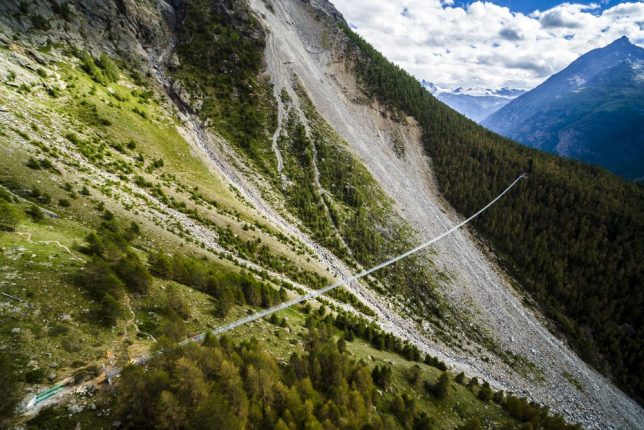
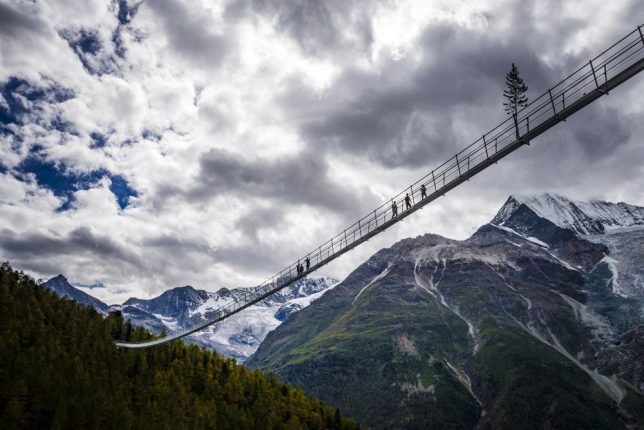

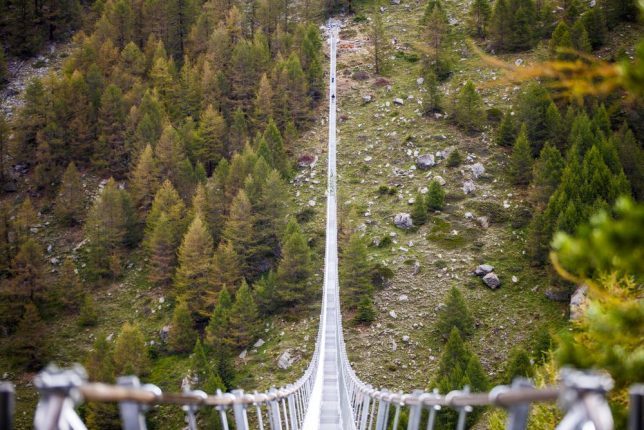
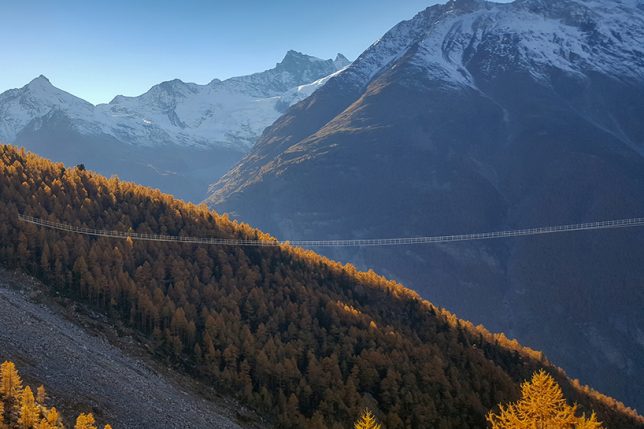
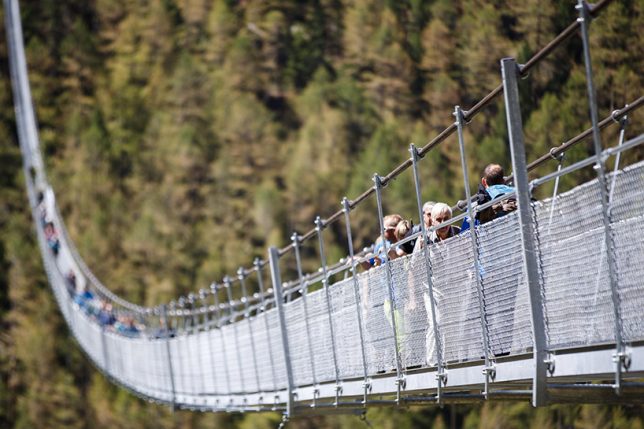
























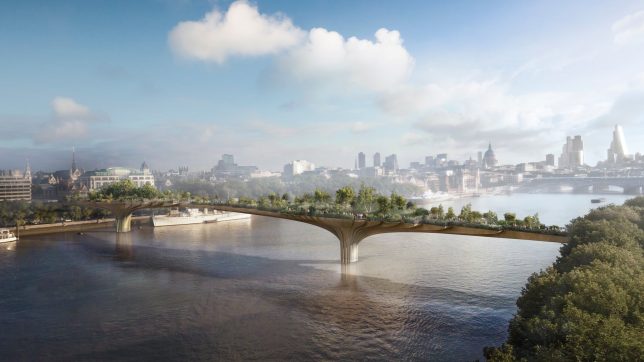
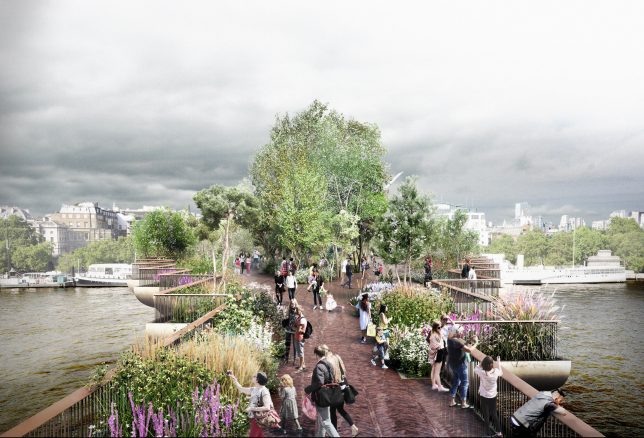
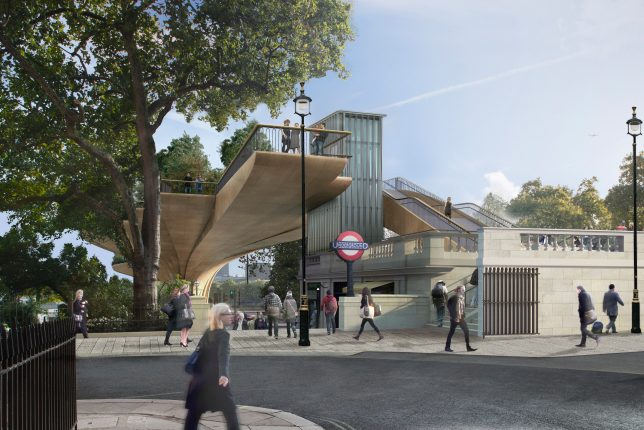
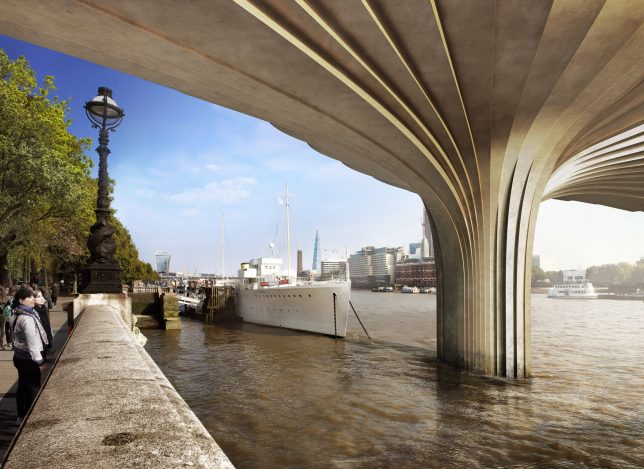

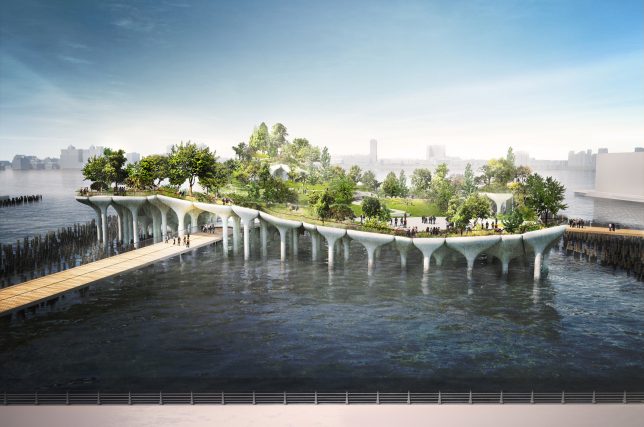
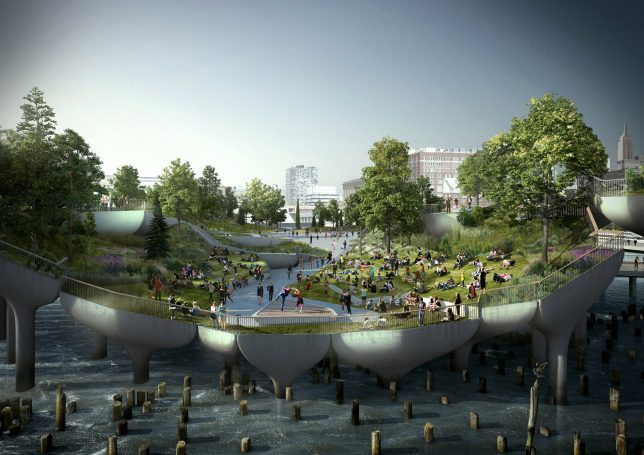
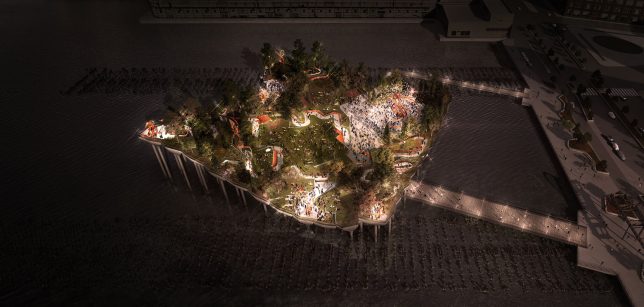






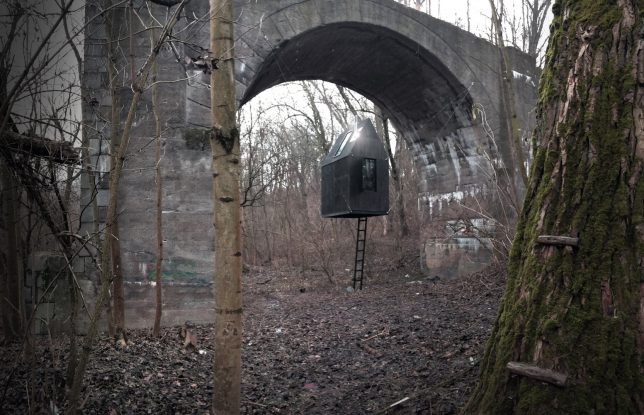
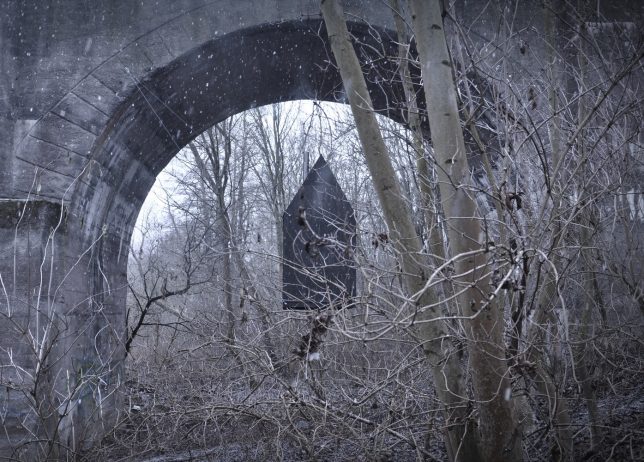
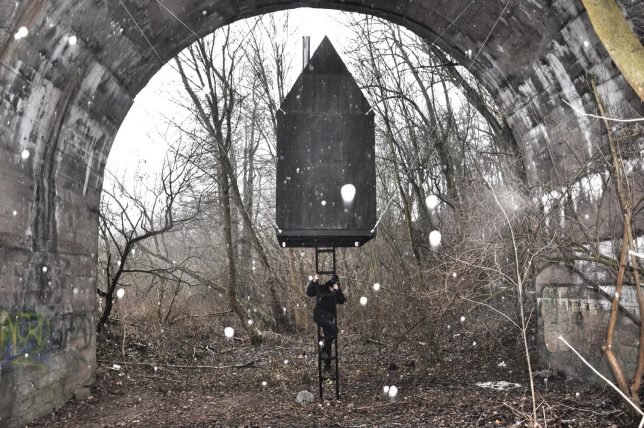
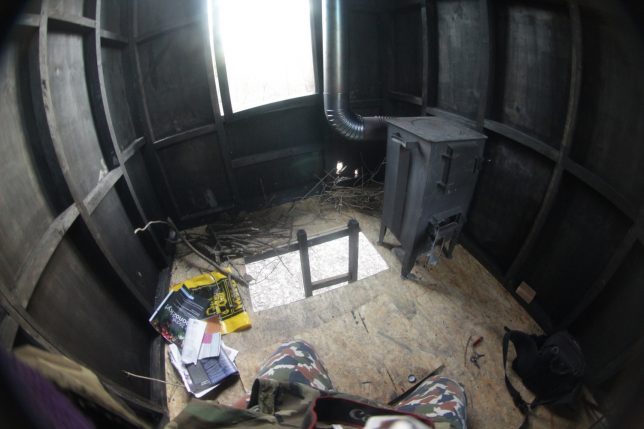
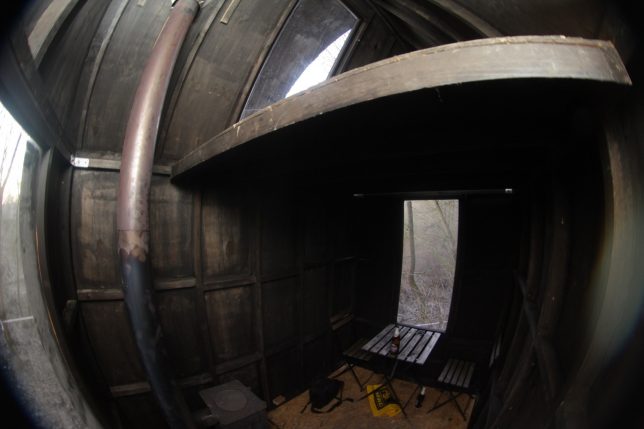
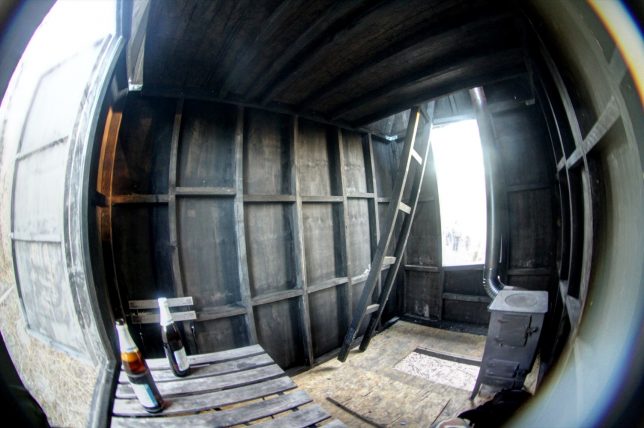
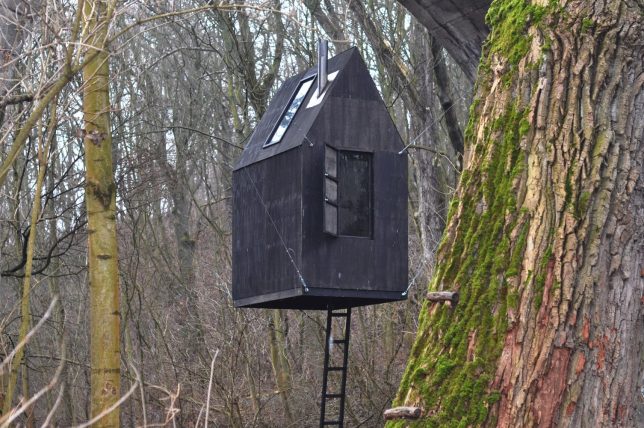
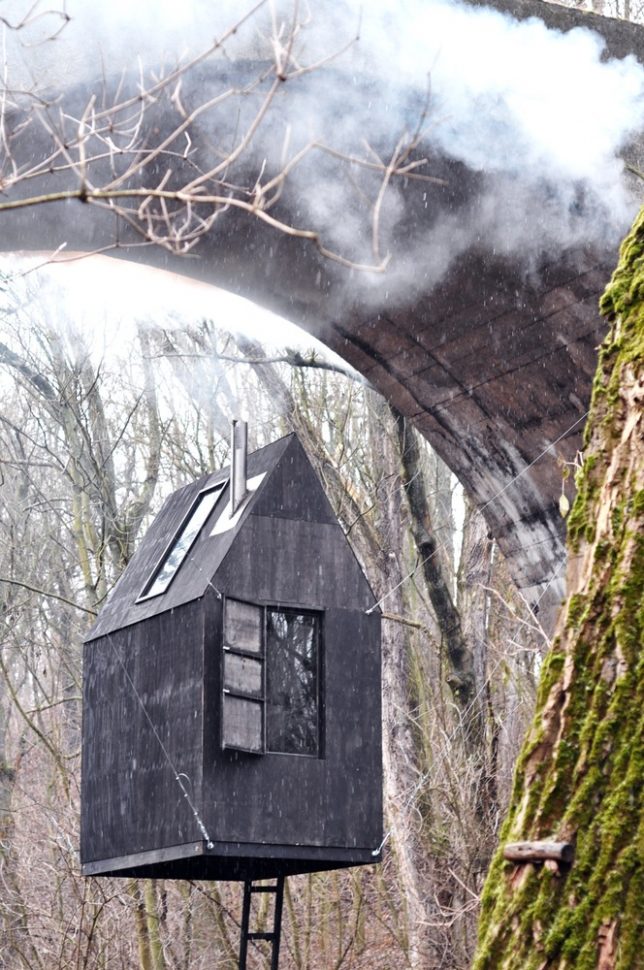







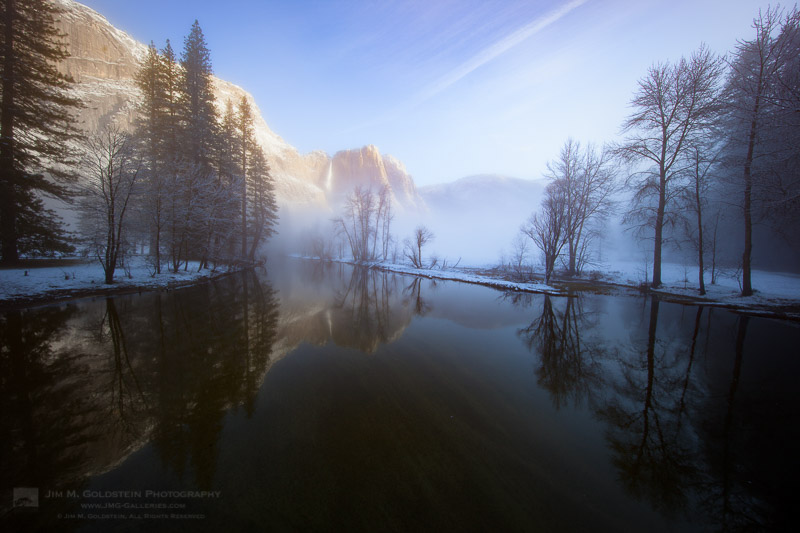
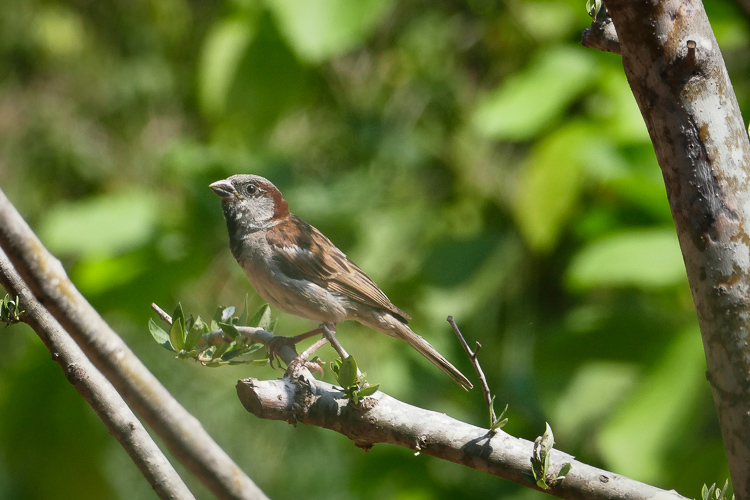
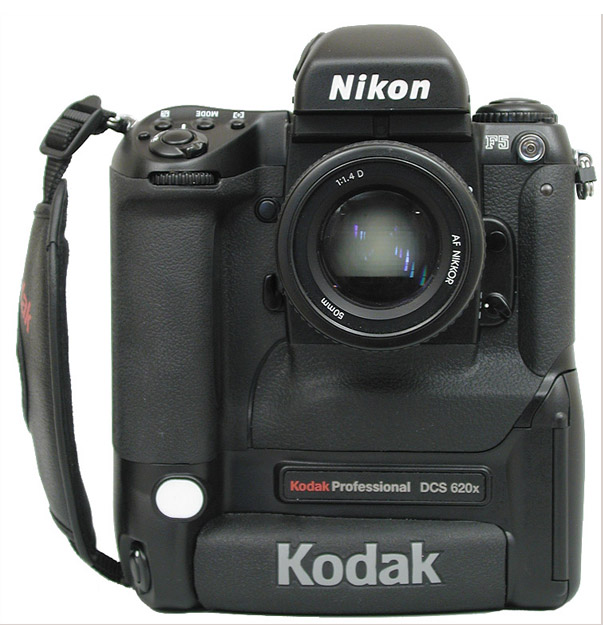
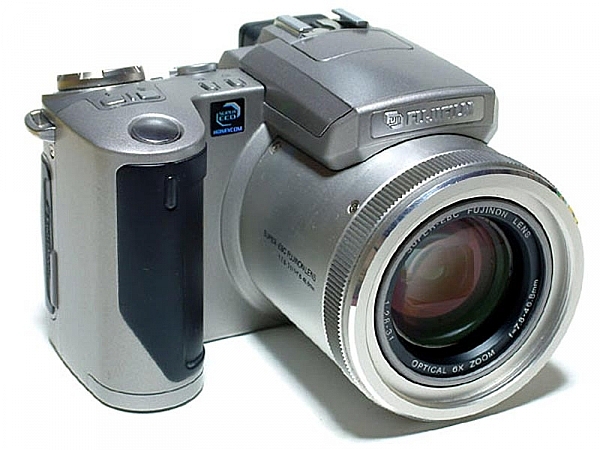
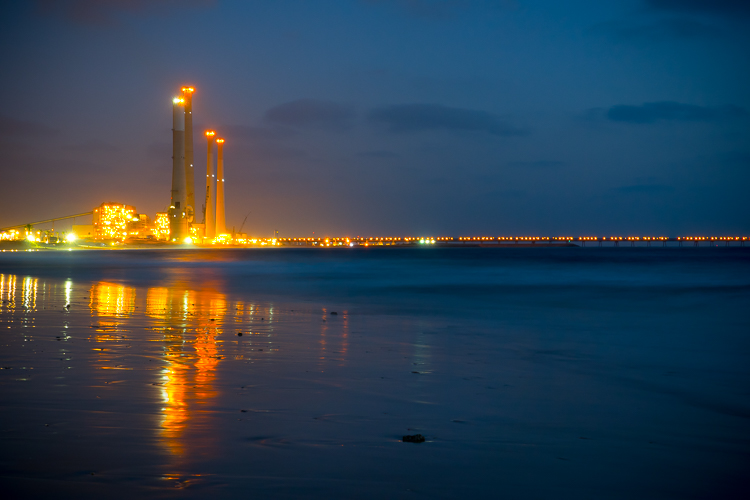

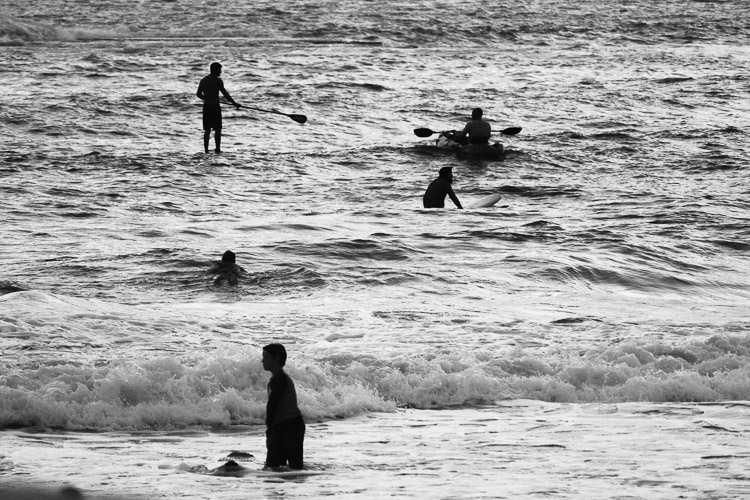
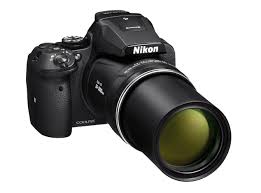
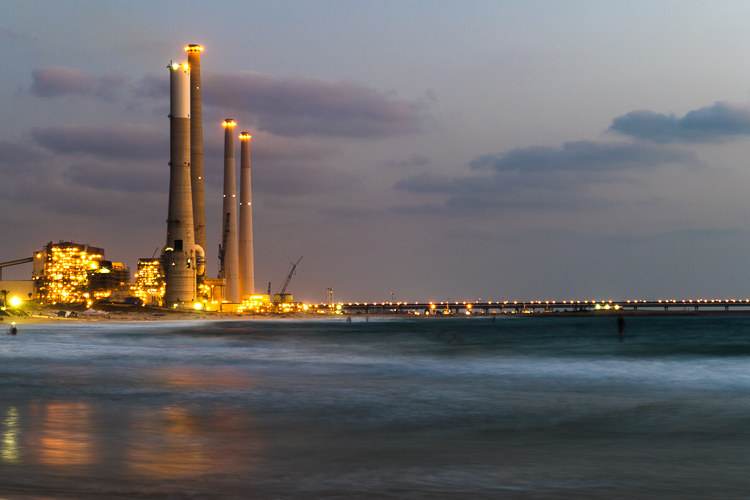
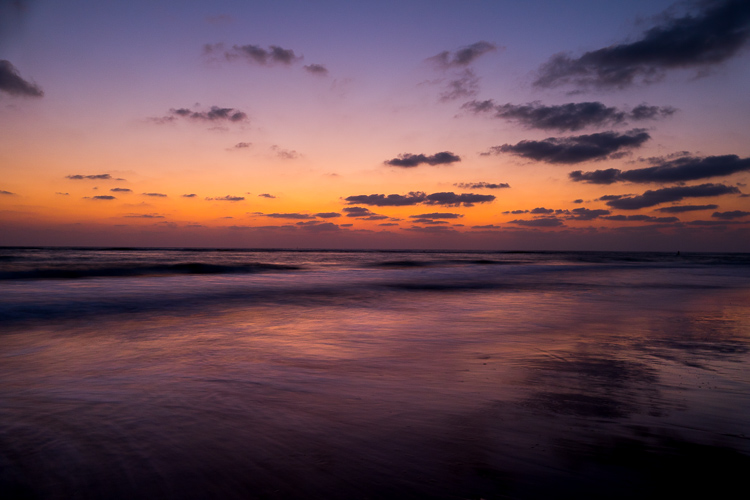
You must be logged in to post a comment.